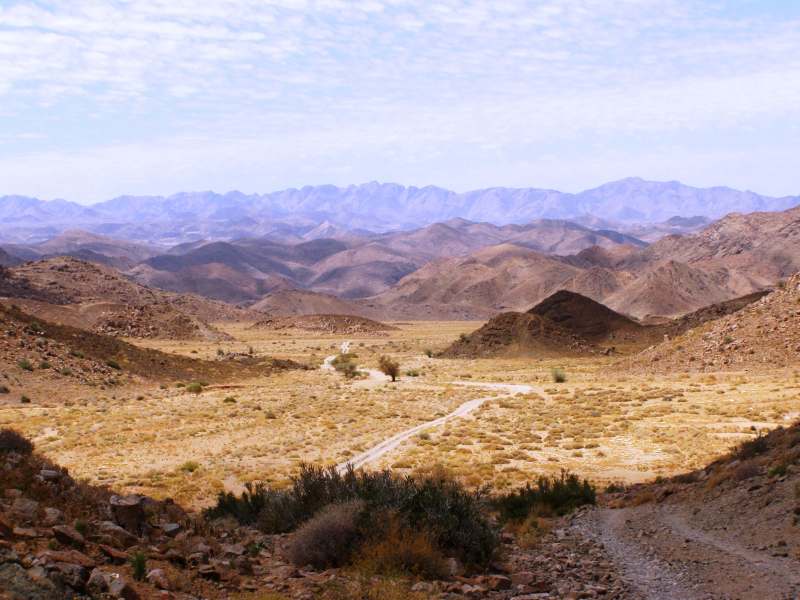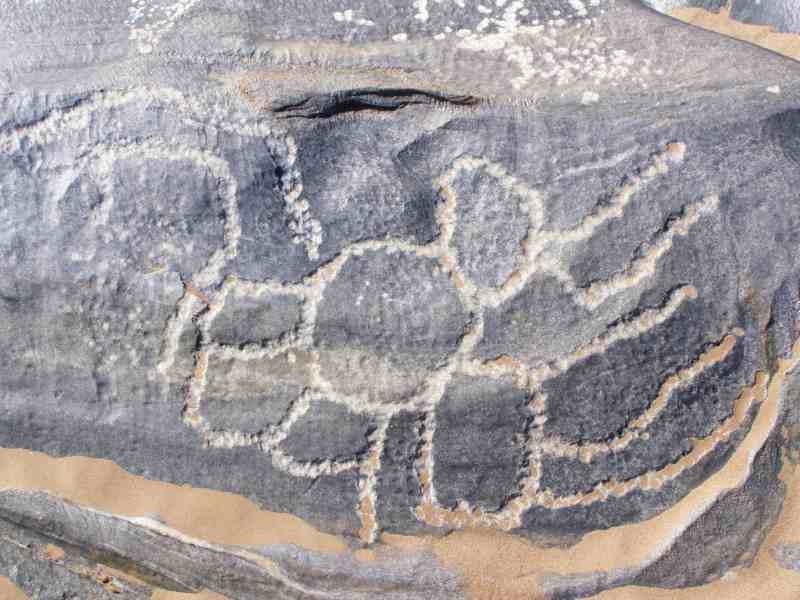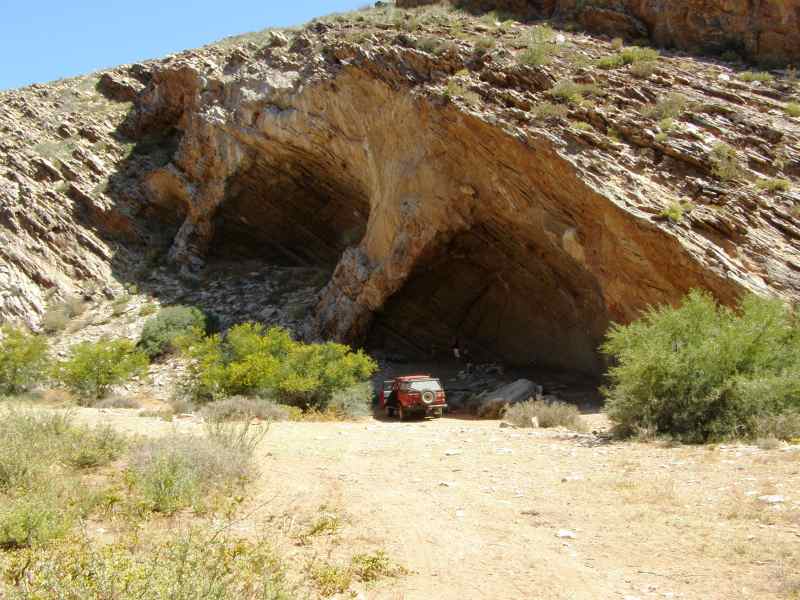The Richtersveld Cultural and Botanical Landscape World Heritage Site:
The 160 000ha area of dramatic mountainous desert is a cultural landscape communally owned and managed. The area is made up of three key biomes (a large natural occurring community of flora and fauna occupying a major habitat); desert biome, succulent Karoo biome and fynbos biome. In addition to the botanic marvel, the site sustains the semi-nomadic pastoral livelihood of the Nama people, reflecting seasonal patterns that may have persisted for as long as two millennia in Southern Africa. It is the only area where the Nama people still construct portable rush-mat houses (haru om) and migrate to new grazing grounds seasonally.
Sights worth seeing within the Richtersveld World Heritage Site include the famous Vioolsdrift Petroglyphs (rock engravings), thought to be of either San or Strandloper origin, Fluorspar Valley is believed to hold an abundance of minerals under the earth’s surface, and the Rooiberg Pinic area, also known as the Halfmens Picnic spot, is a popular stop off due to the endemic Halfmens plants that grow on the surrounding slopes.
Ploegberg, a 500-million-year-old granite mountain was once farmed and hence received the name Ploegberg, referring to ploughing the land and nearby Kuboes is regarded by the local people as the village of Nama Heartland, dating back to 1844 with the establishment of a Rhenish mission station. The famous Kuboes Church dates back to 1888 and was constructed by the local community. The town of Eksteenfontein was established in the 1940’s and lies at the heart of the Richtersveld’s mountainous desert and lastly, Wondergat (wonder hole) is a sinkhole found at the foot of Cornellskop and is home of a mythical supernatural hero, Heitsi Eibib.
*Remember to get your permit when travelling through the Richtersveld World Heritage Site.
Rules of the Richtersveld World Heritage Site:
- Richtersveld World Heritage Site belongs to the local community (private land). Do not enter without the necessary permits;
- Please stay on existing tracks;
- Ask permission before taking photos of community members. A small donation is welcome;
- Supply your own firewood as the removal of wood from site is prohibited;
- Only camp in designated camping areas;
- Please do not leave your personal refuse within the site;
- No feeding of animals;
- Do not remove or damage any plants, flowers or seeds;
- Please report any unusual sightings of plants or animals to the nearest office. Geotagged photo submissions welcome;
- You are entering a particularly arid region. Water points are scarce so ensure extra drinking water and food is available. Enter at own risk.
Information Offices:
- Kuboes Tourism Information Centre
- Eksteenfontein Tourism Info Centre
- Sanddrift Tourism Information and Council
Accommodation:
Camping:



